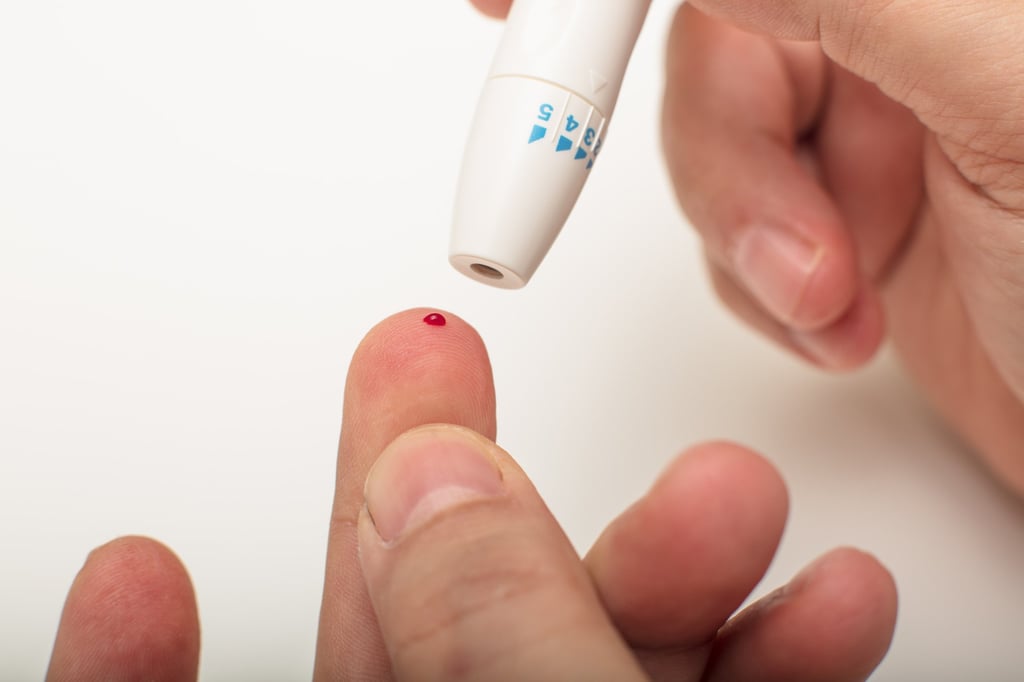How a future Apple Watch could monitor blood sugar non-invasively and make the device a must-have for diabetics
- An Apple prototype uses lasers and light measuring technology to monitor blood sugar levels – the latest step in a secret project dating from the Steve Jobs era
- The tech giant is working on shrinking the device to be able to incorporate it in the Apple Watch, which it believe would make it a market leader

Apple has a moon shot-style project underway that dates back to the Steve Jobs era: non-invasive continuous blood glucose monitoring.
The goal of this secret endeavour – dubbed E5 – is to measure how much glucose is in someone’s blood without needing to prick the skin.
After hitting major milestones recently, the company now believes it could eventually bring such glucose monitoring to market, according to people familiar with the effort.
A breakthrough like this would be a boon to diabetics. Adding the monitoring system to the Apple Watch would make the device a coveted item for millions of diabetics around the world.

Apple uses a chip technology known as silicon photonics and a measurement process called optical absorption spectroscopy. The system uses lasers to emit specific wavelengths of light into an area below the skin where there is interstitial fluid – substances that leak out of capillaries – that can be absorbed by glucose.